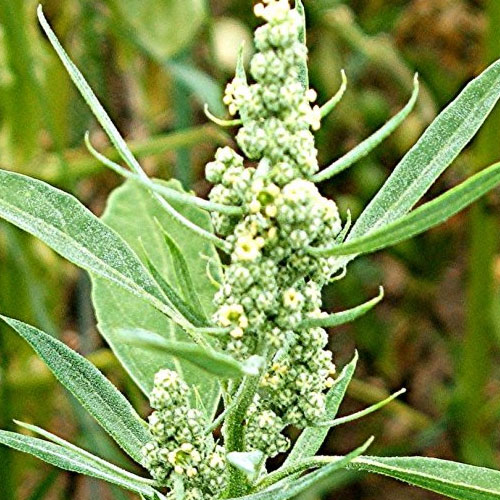Kale Home Remedies-Kale Health Benefits
KALE KALE USED FOR JOINT PAIN Anti-inflammatory properties: Kale is rich in antioxidants, including vitamins…

Trees and Plants are always special in earth since millions of species survive on this earth by eating the fruits and nuts. The bees flock the flowers for honey and human being flock tree for fruits and vegetables. Plants and trees are useful for others while living and even after the death. This topic will deal with the plant named Fat Hen which comes under the Plantae kingdom and family Amaranthaceae.The botanical name of this plant is Chenopodium album.
Fat hen is a fast growing plant and cultivated lavishly in Northern India as a food crop and also cultivated in other parts of the world. The other names of this plant include lamb’s quarters, melde and goosefoot. It is widely found in Europe, Asia, Africa, Australasia, North America and Oceania. It also grows wonderfully in soils rich in like wasteland. Fat hen grows upright and reaches a height of 150 cm (rarely to 3m) and becomes recumbent after flowering due to the heavy weight of the foliage and seeds.
The first leaves which are found on the base of the plant are generally toothed and roughly diamond shaped. These leaves grow up to 7 cm long and 6 cm broad. The leaves on the upper part of the flowering stems grow up to 5 cm long and 2 cm broad. The small flowers grow in small cymes on a dense branched inflorescence 10-40 cm long. These plants are cultivated both for human consumption and cattle fodder.
The flowers generally grow during the months from July to September. It is wind pollinated and the flowers may be cross pollinated. The seed numbers may vary from 10 to 164691 per plant. Fat hen produces several types of seed on the same plant and is black and hard coated. The seedling emergence takes place during the months of March to November.Fat-hen seeds broadcast onto the surface of clay and silty loam soils, ploughed to 20 cm or flexible tine cultivated to 10-15 cm and followed over a 6 year period of cropping with winter or spring wheat had a mean annual decline rate of 28%. The estimated time to 95% loss was 6-20 years depending on the frequency of cultivation.
The annual seed bank decline over 3-4 years cropping with winter wheat and OSR was 52%, and the calculated time to 99% loss was 6.3 years. In another similar trial, the annual decline rate was 40%, and emerged seedlings represented 8% of the fat-hen seed in the seed bank. The depletion of seed is greater from the surface layers of soil. Fat-hen seed has been found in the excreta of various animals like horses, pigs and cattle. Many insects are associated with these plants and micro organism can infect at any point of time.
The pollens may cause heavy fever to others. The leaves are eaten as vegetable entirely cooked. The people should restrict the consumption since it has toxic substance called oxalic acid.